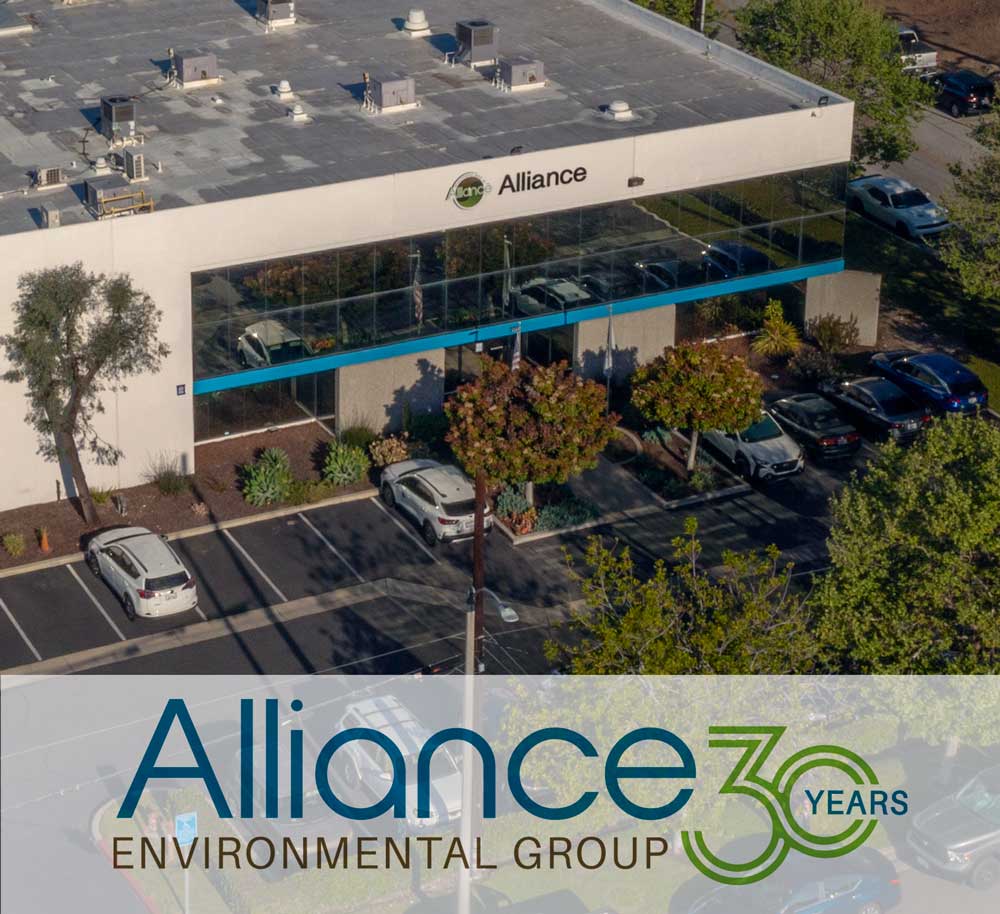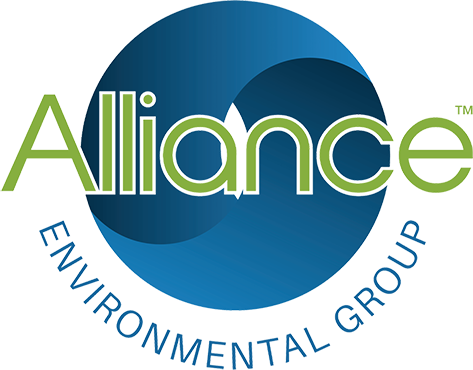Streamlining The Recovery Process
Alliance Environmental streamlines the process of taking a Total Loss Inventory by carrying out the necessary steps quickly and efficiently. This can help minimize the impact of the loss on the company’s operations by allowing the company to recover from the incident as quickly as possible. This can also help to ensure that the company is in compliance with all relevant regulations and that the inventory is disposed of in a lawful manner.
Expert Insights into Contents and Total Loss
Join Alexis Rivas, our Contents Director, in an insightful video as she explores the vital service of Contents and Total Loss Inventory offered by Alliance Environmental. In the face of property disasters, our team provides not just recovery but reassurance.
Alexis discusses how they meticulously catalog and assess your items, acknowledging the sentimental and material value of each piece. This video highlights our commitment to helping you recover what’s precious, manage what’s lost, and support you through the journey of reclaiming your space. Watch now for an in-depth understanding of how Alliance Environmental combines expertise with empathy in every task.
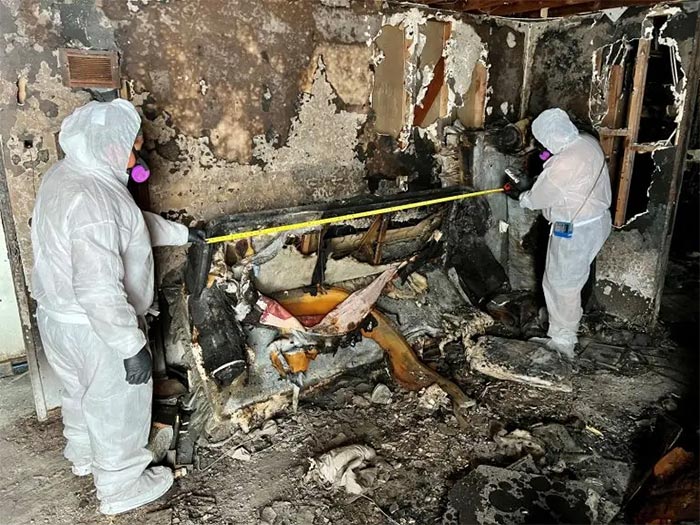
Causes of Damage
A wide range of personal property can be impacted by these disasters including furniture, electronics, clothing and textiles, artwork and photographs, books and documents, flooring and carpets, appliances, or personal items such as jewelry, collectibles and keepsakes are just some examples. Items that are destroyed beyond repair and those that are salvageable need to be identified and separated.

A Reputation You Can Trust
With Over 30 Years of Experience, Alliance Environmental is one of the leading environmental, indoor air quality, fire life safety, biohazard, and heat contractors on the west coast.
Total Loss FAQs
What is a contents inventory and why is it important?
A contents inventory is a comprehensive list of all the items in your home or business. It is important to have a contents list in case of damage or loss caused by a disaster, theft, or other unfortunate events. A contents list will help you file an insurance claim accurately and quickly.
What is a total loss inventory?
A total loss inventory is a detailed list of all the items that have been completely destroyed or lost due to a disaster, such as a fire or flood. It is used to help determine the value of the loss and assist in the claims process.
How is a contents inventory conducted?
A contents inventory is conducted by a trained professional who will go through each room in your home or business and list all the items, including their descriptions and quantities. They may also take photographs or videos to document the condition of the items.
What should be included in a contents inventory?
A contents inventory should include a detailed list of all items in your home or business, including their descriptions, and quantities. It should also include the date of purchase, brand, model number, and any other relevant information. It is important to update the loss inventory list regularly to include new items and remove any items that have been disposed of.
How does a total loss inventory affect the insurance claims process?
The insurance claim process is a critical component of risk management, particularly in the aftermath of a disaster or significant loss where all of one’s belongings have been affected. One of the most pivotal aspects of this process is the handling of contents and total loss inventory of contaminated contents. The effectiveness with which these elements are managed can significantly impact the overall efficiency, accuracy, and satisfaction in the insurance claim process.
Contents refers to the personal or business’s property within an insured space, such as furniture, electronics, and other personal belongings. In the event of a loss, an inventory of these contents must be compiled. This process involves separating salvageable contents from non-salvageable contents, documenting each item and its condition. The accuracy and comprehensiveness of this inventory are crucial. A well-documented inventory ensures a fair and efficient assessment of the claim, leading to a quicker claims process and reducing disputes between the insured and the insurer.
In total loss situations where property is irreparably damaged or contaminated, the process can be emotionally taxing for the claimant, particularly with irreplaceable or sentimental items. We meticulously document these items and, upon request, will endeavor to retrieve and set aside non-salvageable items for the owner. While decontamination isn’t guaranteed and not typically recommended, we will clean these items to the best of our ability and return them to the owners, respecting their property rights and personal wishes.
Technological advancements like digital inventories and cloud-based storage have revolutionized this aspect of the insurance claim process. These tools offer greater accuracy, efficiency, and ease of updating and accessing inventory records, further enhancing the claims experience for both insurers and policyholders. Our team captures live, on-site photos of each item, which are then analyzed by contents specialists. We compile a detailed, typed inventory report, organized by the item’s location, along with a corresponding photo report. These are shared with the owner through a convenient link, allowing for quick and easy access to large files.
Engaging a specialized company like Alliance Environmental, that leverages these tools, can significantly impact the process. Our experts ensure a thorough and detailed inventory and provide valuable insights and support, reducing the burden on the claimant and ensuring a more streamlined and stress-free claims process. The intent is to provide detailed and accurate documentation of one’s personal property and an overall smoother experience for both the insured and the insurer.
Our Certifications
You Can Count On Us
Certified
With over 26 years of experience, Alliance Environmental has a team of tenured, certified experts in their specialized fields. Our services meet or exceed all OSHA and EPA guidelines and we leverage cutting-edge tools to recommend solutions and establish an order of operations and project management disciplines.
Quality
Alliance Environmental maintains an extensive quality control program with superior customer service to deliver best in class.
Timely
Alliance Environmental is prepared to respond with urgency and efficiency to minimize business and personal interruptions. We are committed to providing speedy consultation, cost estimates, notifications, and containment.
Bonded
Alliance Environmental carries $2,000,000 True Occurrence Insurance and can obtain specific job coverage up to $5,000,000.
Affordable
You’ll find our prices competitive, reasonable, and affordable.
Our Environmental Services
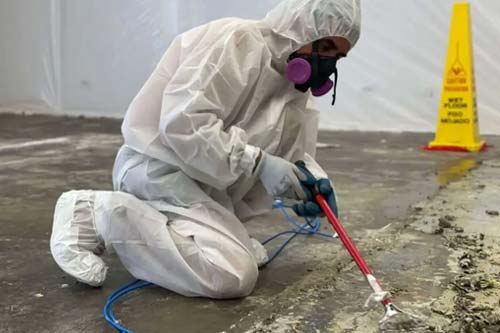
Asbestos Abatement
Alliance is a licensed asbestos removal company. Our crews adhere to stringent setup, decontamination, and disposal procedures in line with all regulations.
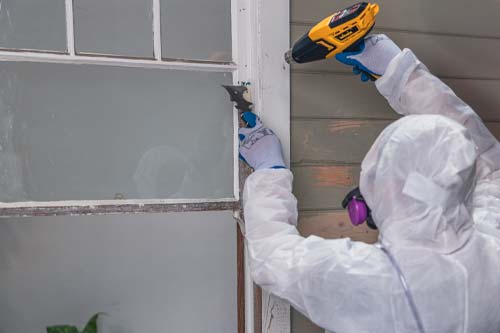
Lead Abatement
As a lead abatement certified contractor, Alliance follows strict procedures to minimize, control and contain lead dust during removal, site decontamination and lawful disposal of the material.
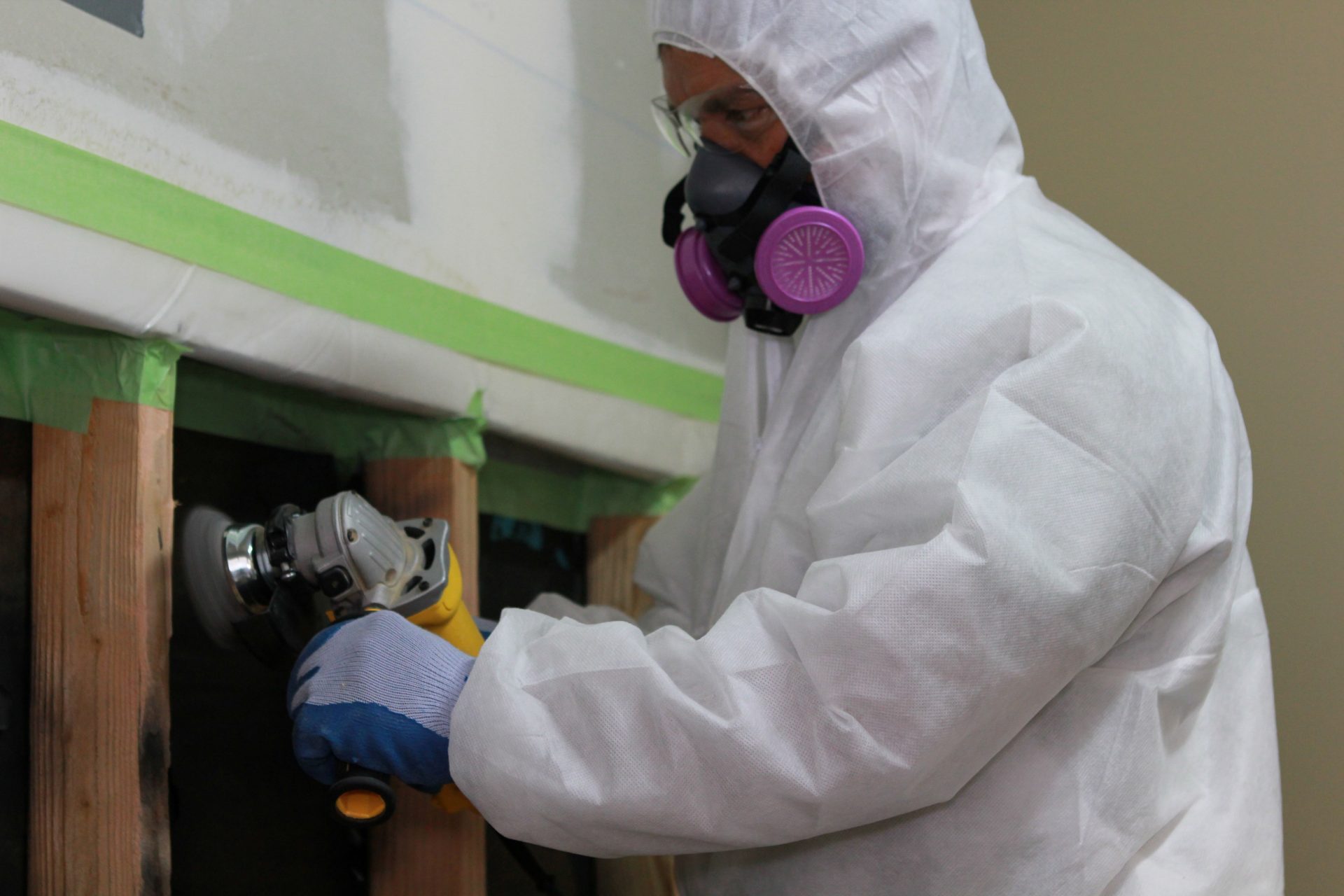
Mold Remediation
Alliance Environmental can identify the source of mold in your property and implement a plan to safely remove it. Our team is trained in the latest mold remediation techniques to ensure that your property is safe and healthy.
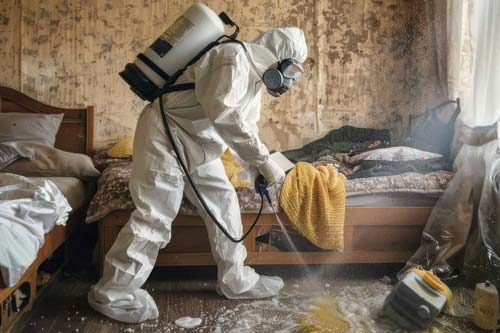
Biohazard Decontamination
At Alliance Environmental, we are committed to providing the highest quality of service when it comes to hazardous material cleanup and waste removal.

Heat Treatment
Heat treatment is a non-chemical pest control method that uses high temperatures to eliminate pests such as bed bugs, termites, and cockroaches.
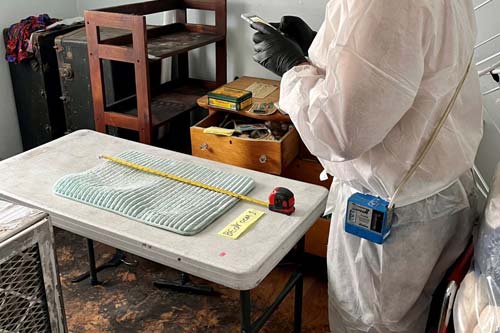
Contents (Total Loss Inventory)
In the event of asbestos contamination in your business, it’s crucial to have a trained team to catalog and contain the hazardous materials. At Alliance Environmental, we can provide expert assistance in creating a total loss inventory by constructing containment areas and utilizing proper safety equipment to safely record and dispose of all contaminated objects.
Contact Us
If you have a residential demolition or site clearing project, don’t hesitate to contact us for a consultation. We would be happy to provide you with a quote and discuss how we can help bring your project to fruition.
